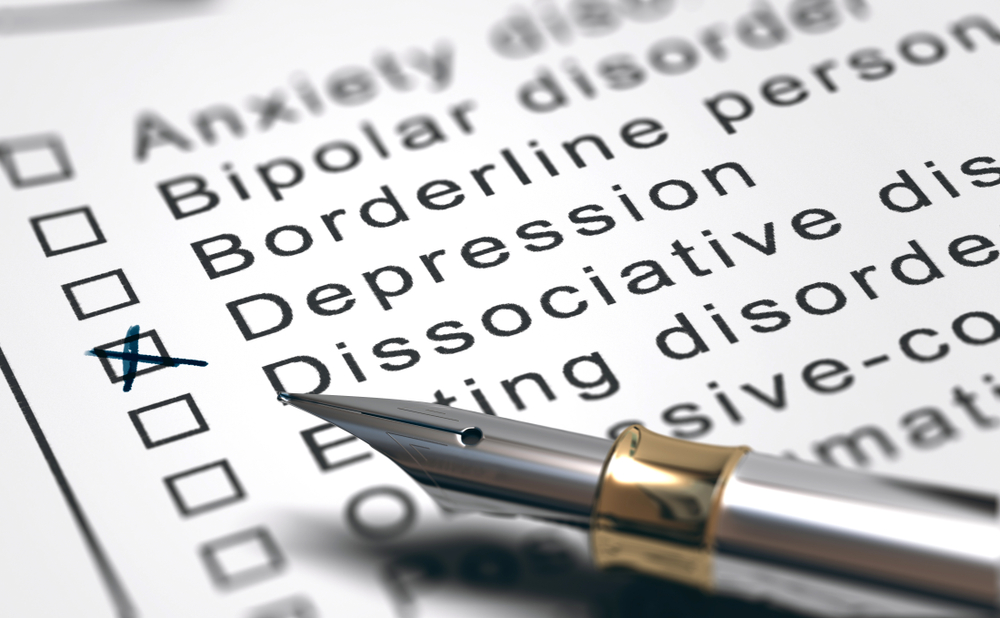When does death, which is both inevitable and natural, become a serious problem? One of the answers to this question lies in the World Health Organization’s latest global suicide report, which revealed that one person in the world commits suicide every 40 seconds. Especially grave are the report’s findings in the case of India, which has the highest suicide rate in Southeast Asia as well as the third-highest rate of suicide among women in the world. These dismal figures exist in spite of the fact that the Mental Healthcare Act, which came into force in 2018, effectively decriminalizes suicide by reading down Section 309 of the Indian Penal Code. This proves that even though the law now recognizes that mental illness — one manifestation of which is depression — is a key contributor to individuals’ decisions to end their own lives, there are other problems that have not been addressed. While decriminalizing suicide attempts is a welcome step, it must be remembered that a number of case-specific factors — gender-based violence, the stigma attached to mental illness, the inability to ask for help for fear of familial and social ostracization — converge to drive people to take their own lives.
These factors must be examined, and the basic interventions reimagined. It is appalling that in India’s latest health budget, the allocation for the government’s flagship National Mental Health Programme stood at a paltry Rs 50 crore — an increase of a mere Rs 15 crore from the previous year’s budget. Of what use is the recognition of mental ailments as contributing factors to suicide if adequate investments are not made to alleviate them? The consequences of sidelining mental health have been disastrous: a WHO report in 2015 found that there are just three psychiatrists and even fewer psychologists for every one million people in India, a direct result of a paucity of funds for training mental health professionals. These yawning gaps reflect institutional indifference, as does the cruelty with which patients, especially women, are treated by the staff in India’s mental health institutions — a transgression that endures in spite of the concerns repeatedly expressed by the courts, doctors, non-governmental organizations and the media. For meaningful change, there must be a concerted campaign to dispel societal prejudices, including the breaking of the opaque silence encouraged by the families of the afflicted. Only in this way can lives be saved.













